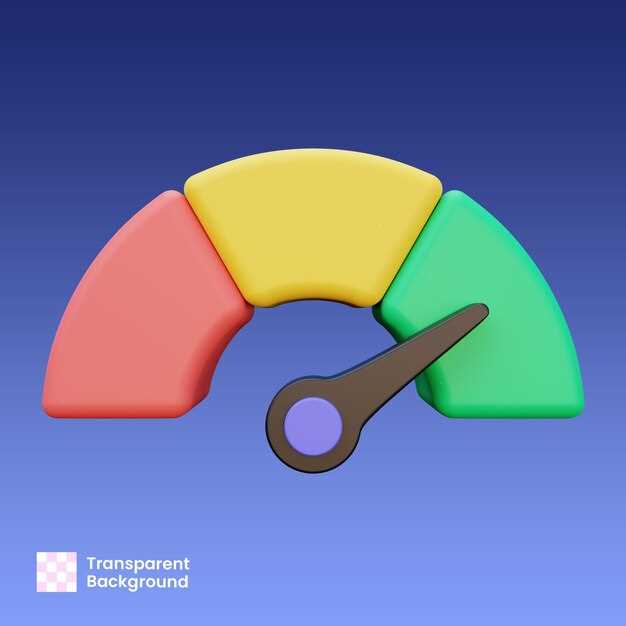
When it comes to choosing the right tires for your vehicle, understanding the load index and speed rating is essential. These two ratings provide critical information about a tire’s capability to carry weight and its performance at higher speeds. Making an informed decision based on these ratings can significantly impact both your safety and driving experience.
The load index indicates the maximum weight a tire can support when properly inflated. This rating is crucial for ensuring your vehicle can handle the weight of passengers, cargo, and any additional equipment without compromising performance or safety. Each tire’s load index is specified numerically; the higher the number, the greater the load it can accommodate.
On the other hand, the speed rating reflects the maximum speed a tire can safely maintain over time. This rating is particularly important for drivers who demand performance or those often traveling at higher speeds. Each speed rating is denoted by a letter, with specific letters correlating to designated maximum speeds. Selecting the right speed rating in conjunction with the load index ensures optimal handling, stability, and overall driving safety.
Understanding Load Index for Your Tires

The load index is a crucial specification for tires that indicates the maximum weight each tire can safely support when properly inflated. This rating is essential for ensuring optimal performance, safety, and longevity of your vehicle’s tires. A tire’s load index is typically represented by a numerical value, which can be found on the sidewall of the tire.
For example, a load index of 95 corresponds to a maximum load capacity of approximately 1,521 pounds (690 kg) per tire. It’s important for drivers to match the load index of their tires to the specifications provided by the vehicle manufacturer, as exceeding this limit can lead to tire failure, reduced handling capability, and premature wear.
Different tires come with various load index ratings depending on their design, construction, and intended use. When selecting tires, consider the total weight of your vehicle, including passengers and cargo, to determine the appropriate load index needed for safe operation. Always refer to the vehicle’s manual or the placard located on the door jamb for specific recommendations.
In summary, understanding the load index of your tires is vital for maintaining safety and performance on the road. By ensuring that your tires are rated to handle your vehicle’s specifications, you contribute to a smoother and more secure driving experience.
How to Determine the Correct Load Index for Your Vehicle

Determining the correct load index for your vehicle’s tires is essential for maintaining safety and performance on the road. The load index is a numerical code that indicates the maximum load a tire can support when properly inflated. To find the appropriate load index for your vehicle, follow these steps:
1. Consult the Owner’s Manual: The first step is to check your vehicle’s owner’s manual. This document typically provides details about the recommended tire specifications, including the correct load index. It is essential to follow the manufacturer’s guidelines to ensure your vehicle operates safely.
2. Examine the Tire Placard: Most vehicles have a tire placard located on the driver’s side door jamb or inside the fuel filler cap. This placard displays critical information about tire pressure and load ratings, including the recommended load index for the tires compatible with your specific vehicle model.
3. Understand the Load Index Ratings: Load index ratings range from 0 to 279 and correspond to specific weight limits. Each number represents a maximum load capacity, which can be found in load index charts readily available online or in tire brochures. For example, a load index of 95 can support up to 1,521 pounds.
4. Consider Vehicle Type and Load Requirements: Different vehicles may require different load index levels based on their design and intended use. For example, passenger cars, SUVs, and trucks have different load capacities. Additionally, if you frequently carry heavy loads or tow trailers, you may need tires with a higher load index to ensure safety and stability.
5. Seek Professional Advice: If you are uncertain about the appropriate load index for your tires, it is advisable to consult a tire professional or mechanic. They can provide recommendations based on your vehicle type, driving habits, and specific needs, ensuring that you choose the right ratings for optimal performance.
By following these steps, you can accurately determine the correct load index for your vehicle’s tires. This will contribute to better handling, improved fuel efficiency, and enhanced safety on the road.
Implications of Choosing the Wrong Load Index on Performance
Choosing the correct load index for your tires is crucial for maintaining optimal performance and safety on the road. The load index indicates the maximum weight a tire can safely carry at its specified inflation pressure. Selecting a tire with an inappropriate load index can lead to several severe implications, including:
- Reduced Safety: A tire that cannot support the weight of the vehicle may lead to blowouts or tire failure, significantly increasing the risk of accidents.
- Poor Handling: Incorrect load ratings can affect how well the tire interacts with the road. Underperforming tires may lead to decreased responsiveness, especially in emergency maneuvers.
- Uneven Tire Wear: Overloading tires can cause uneven wear patterns, ultimately reducing their lifespan and requiring more frequent replacements.
- Increased Fuel Consumption: If a tire is not rated to handle the vehicle’s load, it may create additional rolling resistance, leading to poor fuel economy.
- Compromised Ride Comfort: Inadequate load ratings can affect the cushioning effect of the tires, leading to a harsher ride and reduced overall comfort for passengers.
It’s vital for drivers to understand that each tire has a specific load index rating that corresponds with their vehicle’s requirements. These ratings should always be matched to ensure that performance characteristics, such as stability and braking efficiency, are maintained. Regularly checking the load index on your tires, especially after any alterations to your vehicle’s weight or usage, can prevent many of these issues and ensure a safe driving experience.
In summary, the implications of selecting the wrong load index for tires extend beyond mere convenience; they significantly influence safety, efficiency, and overall driving performance. Always prioritize choosing tires that match or exceed your vehicle’s specified load index ratings.
Comparing Load Index Ratings Across Different Tire Brands
When selecting tires, understanding the load index ratings is crucial for ensuring safety and performance. The load index indicates the maximum weight each tire can carry when properly inflated. However, specifications can vary between different tire brands, which can lead to confusion for drivers.
Each manufacturer assigns load index ratings based on their testing standards and tire design. For example, a tire labeled with a load index of 95 from one brand may not equate to the same performance in another brand’s tire of the same rating. This discrepancy can arise from differing construction techniques, materials used, and overall tire design.
Furthermore, some brands may offer tires with an overarching focus on durability, which could translate to higher load capacities even at similar index numbers. Alternatively, brands specializing in performance tires may prioritize lighter materials for better speed but compromise on load ratings. Therefore, it is essential to compare the specifications closely to make an informed choice.
Drivers should also pay attention to the tire’s application, as specifications can affect how tires perform under varying loads. Off-road tires and touring tires may have different load index expectations, impacting their suitability for specific conditions. In summary, while load index ratings serve as a reliable guide, assessing the offerings from various tire brands holistically will ensure you select the right tire for your vehicle’s needs.


